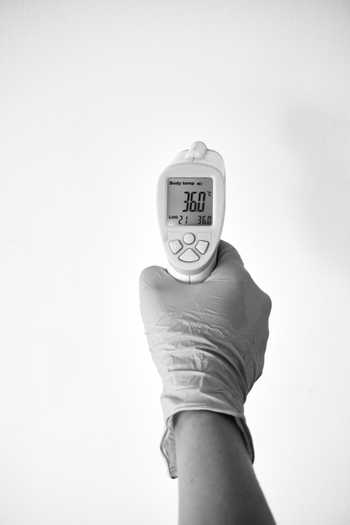Among numerous challenging and newsworthy events defining 2020, a complex story unfolded concerning crime. Widespread stay-at-home orders brought public life and usual day-to-day economic activities to a near stand-still. Many businesses temporarily, or permanently, closed their doors. Many workers transitioned from working in an office to working at home. Schools across the country temporarily shut down. These changes provided a widescale natural experiment regarding human movement, day-to-day patterns, and their influences on various crimes.
The annual publication of the FBI’s Uniform Crime Reporting (UCR) statistics sheds some light on how these changes impacted crime in 2020. The UCR is a compiling of policing data from over 18,000 law enforcement agencies across the United States. The dataset is the most comprehensive view of aggregate crime in the country and is often viewed as the “Gold Standard” for crime statistics.
While extensive media coverage has approached the question of how crime changed during 2020, it has been, for the most part, limited to analysis of a small number of cities at a time and focused specifically on violent crimes. The UCR program provides a national view of crime regarding both aggregate crime rates and the crime rates of specific offenses.
An increase in violent crime during COVID
The below graphic shows the year-over-year change for the four crime types that constitute the UCR violent crime category: homicides, aggravated assault, robbery, and rape.

Strikingly, homicide and aggravated assaults both experienced significant increases over their 2019 numbers. Aggravated assault experienced an increase of 11.7%, and homicide increased 27.4%. Both represent abnormally high growth relative to available years of data. The 2020 homicide crime rate represents the highest level of homicides in the country since the late 90s. The 2020 assault crime rate represents a 10-year high but is still significantly lower than levels observed in the 90s and early 2000s. Robbery and rape, in contrast, both decreased during the year.
Property crime increased during COVID
The second graphic shows the year-over-year change for the three crime types that constitute the UCR’s property crime category: motor vehicle theft, burglary, and larceny.

Burglary and larceny both fell between 2019-2020, with larceny dropping by 10.5%. This logically follows the widespread closures (temporary or permanent) of many retail outlets. Similarly, with a majority of Americans spending more time at home, opportunities for burglary seemingly diminished. Interestingly, motor vehicle theft moved in the opposite direction, with an increase of 11.4% from 2019.
Uniform Crime Reporting (UCR) data provides context
While 2020’s published UCR data confirms the singular, dramatic crime stories that unfolded, it also provides meaningful context with its publication of crime rates over the last 35 years. To provide further context for these changes, the below graphics show the violent crime rate and the property crime rate over the last 20 years. Importantly, because of the difference in frequency of each crime type, assault dominates the violent crime time series and larceny dominates the property crime time series. (For a more detailed description of the issues concerning how to aggregate across different crime types and the solutions arrived at in the construction of the Pinkerton Crime Index, see our post on severity weighting).


According to UCR data, both violent crime and property crime have been trending downward since the mid 90s. As noted above, burglary and larceny decreased between 2019 and 2020, however the time series illustrates that property crime has been consistently falling in recent years. Thus, these changes are not surprising and are consistent with recent trends.
More surprising, however, is the decoupling of crimes against people vs. crimes against property. Historically these crime types move in tandem, with peaks and valleys in violent crime mirrored by property crime, and vice versa. Assaults and homicides appear most affected by changes brought on by the COVID pandemic. Both increased dramatically relative to the other crime types. Motor vehicle theft also increased by a surprising amount, especially given the historic trends of the property crime series.
The above graphics emphasize a moment in which structural changes in daily interactions seemed to result in a strong decoupling of the dynamics of various crime types. Additionally, the recent trends suggest a moment in which there is a greater need for investment in the protection of people versus property.
The FBI’s UCR data provides a meaningful collation of national crime data and is an important resource for many criminologists and security professionals, providing details on the contemporary picture of national crime, as well as historical context. The data additionally plays an important role in the US Pinkerton Crime Index, where UCR data is paired with other inputs and used to forecast current neighborhood crime risk.
For a more detailed description of how the Pinkerton Crime Index is constructed, click here. To talk to a sale representative regarding how the Pinkerton Crime Index can benefit your business, please contact us.




